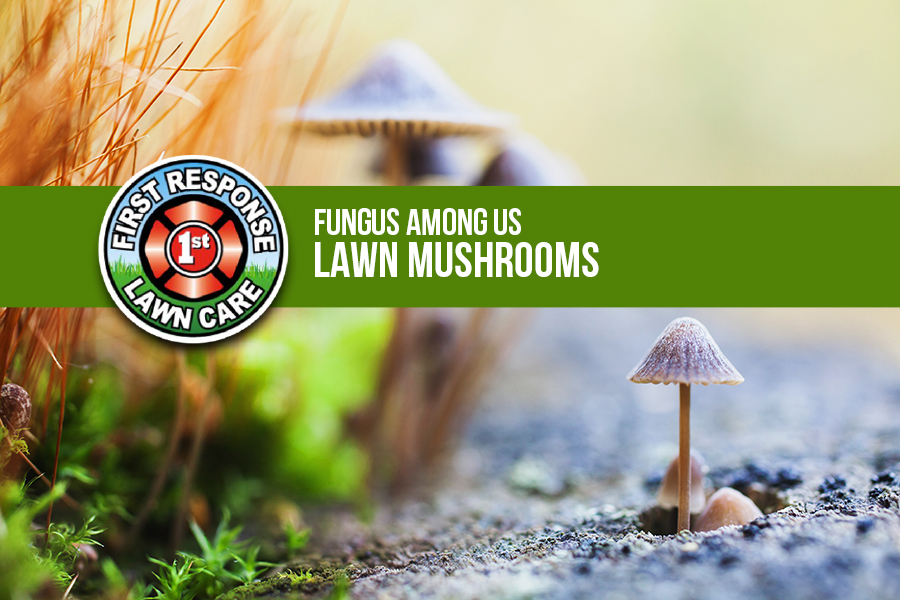Mushrooms are actually part of a fungus that grows underground, hidden from sight. Lawn fungi and their mushrooms don’t harm a lawn. They’re actually good guys in the ecosystem of your yard, breaking down organic material into nutrients your lawn can use. When most people hear the word “mushroom,” they think of the typical umbrella-shaped one, which is sometimes called a toadstool. Common names for lawn fungus, include puffball, shaggy mane, Japanese parasol or the oddly shaped and smelly stinkhorn.
Common Causes and Solutions
Fungi living beneath lawns are usually long-lived organisms that produce mushrooms when conditions are right. The top reasons mushrooms occur are buried organic matter, high moisture and low light.
Cause: Buried organic matter
A fungus grows by breaking down organic matter. In a lawn, that organic material could be buried timber, a stump, or tree or shrub roots that remain underground after plants have been removed.
Sometimes you can hasten the material’s breakdown by applying nitrogen fertilizer. Use a readily available nitrogen source, not a slow-release one. Aim for a rate of 1/2 to 3/4 pound of actual nitrogen per 1,000 square feet of lawn. If you don’t mind disturbing your lawn, you can also try digging up the organic material.
Cause: High moisture
Periods of prolonged rain can coax mushrooms to form, as can overwatering a lawn. Heavily compacted soil and a thick thatch layer can create drainage problems, which provide ideal growing conditions for mushrooms.
Solution: While you can’t do much about overabundant rainfall, you can address lawn watering practices. Aim for deep, infrequent lawn watering, which encourages turf to develop an extensive root system. Learn tips for lawn irrigation.
For drainage issues caused by compacted soil, try aerating your lawn. If your lawn needs to be aerated, check out our services below.

